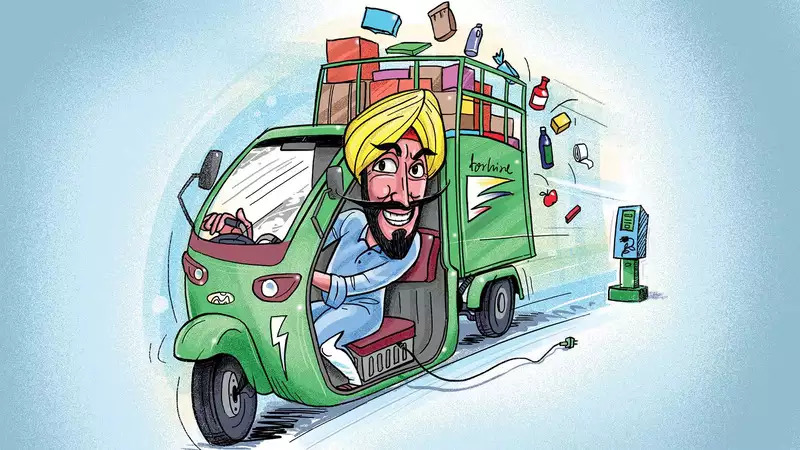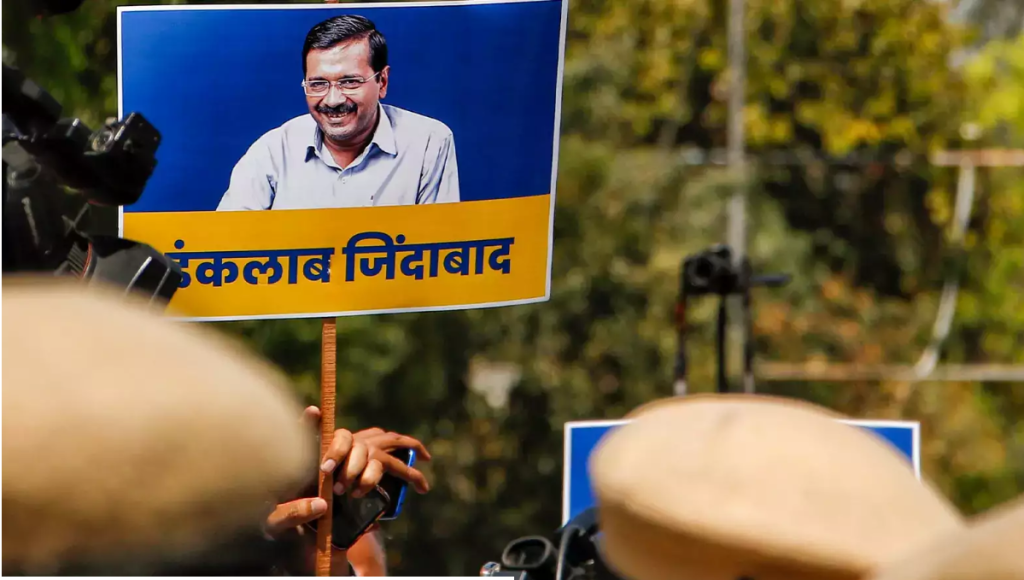In several areas, Indian rules and regulations make honest business impossible. The only choice is illegal business or no business. This underlies the suspension of Durga Sakthi Nagpal, the IAS officer in Uttar Pradesh who took on the sand mafia and paid a heavy price.
Sand is essential for construction. Sand, gravel and cement are mixed to produce concrete. But an acute sand shortage has been created by licensing and environmental bottlenecks. So, mafia groups are mining river beds illegally across India. It’s easy: one mechanical excavator can extract several truckloads of sand every night.
Sand helps retain monsoon water in river beds, releasing the water gradually in the dry season. Excessive mining endangers this. Central and state governments have detailed environmental rules for extraction, made even tougher by court interventions. Ideally, we should have environmentally safe mining that meets rising construction demand.
Instead we have grossly insufficient legal mining, huge illegal mining, sand scarcity for construction, and big illegal profits split between the mafia and politicians.
A former cabinet minister recently declared that political parties are now funded mainly by the mafia, not by big business. This again is part of the untold Durga Sakthi story.
Politicians used to demand bribes for mining licences. Now, they deliberately hold back leases to make sand scarcer, and more profitable. One news report from Lucknow says that Uttar Pradesh used to allot 2,800-3,000 leases per year for mining sand, gravel and boulders. But in the last year, the number of leases has come down to 1,900. According to one officer, not a single legal mine exists in the districts of Pratapgarh, Jaunpur, Varanasi and Bijnor: old leases have expired but no new ones have been. UP politicians have first created and then exploited a grave sand shortage. Other states are not far behind.
The courts have unwittingly worsened the situation. Acting on NGO petitions, the Supreme Court had laid down detailed guidelines for environmental scrutiny of larger sand tracts, but left the states free to deal with small patches. But after the Durga Sakthi incident, the National Green Tribunal has banned sand mining on even the smallest areas without clearance from the Ministry of Environment and Forests or the State Environment Impact Assessment Authority.
This is well-intentioned, but has immediately worsened the sand scarcity and made illegal mining more profitable. The stock market price of all cement companies has slumped, since a shortage of sand means less matching demand for cement. Our slowing economy will be further slowed by the tribunal’s orders — unless illegal mining comes to the rescue. What a mess!
If at our low stage of economic development we don’t have enough sand for construction, how will we advance to China’s development level, which requires 10 times more sand for construction? One alternative is to crush boulders into gravel and sand, but the same environmental problems have hit stone quarrying. This sector is equally characterized by detailed rules and court curbs, a scarcity of gravel and sand, huge illegal mining, and a mafia-politician nexus.
It is not enough for the courts and NGOs to castigate the mafia and progressively ban ever more types of mining. They must also explain where India will get enough stone and sand for an economy that will soon need ten times as much as today. We cannot just have rules and court interventions imposing ever-more curbs; we must also have rules that facilitate a massive expansion of legal mining. Alas, neither the courts nor NGOs seem interested in the latter.
We have enough outrage at illegal activity. We need more outrage about limitations on legal activity. It sounds progressive to demand environmental impact assessments for sand and rock mining in every deposit, regardless of size. But state governments have neither the money nor expertise. They sorely lack the staff and capacity to implement even existing rules and laws, let alone new ones. Heaping ever more responsibilities on them simply generates cynicism and corruption.
Construction has created 20 million new jobs in the last seven years. Jobs in all other sectors — agriculture, industry, services — are falling or growing slowly. Our one massive job-creator, construction, is now threatened by a growing shortage of sand and gravel. Between the well-intentioned activism of NGOs and courts on the one hand, and the ill-intentioned moves of politicians and the mafia on the other, all building activity — and hence economic growth—is at risk.
Similar problems afflict all other mining. Result: despite having some of the world’s biggest deposits of coal and iron ore, we are importing both. Will we now import sand and rocks too?





finally i got the clarity behind suspension of Durga Sakthi Nagpal. blame our own system for all this.